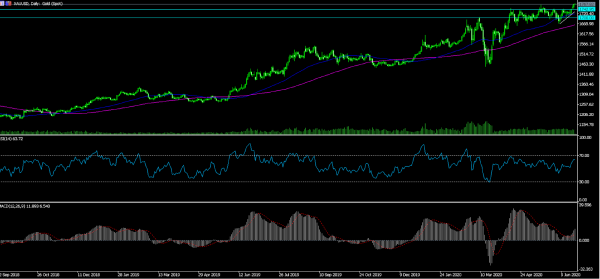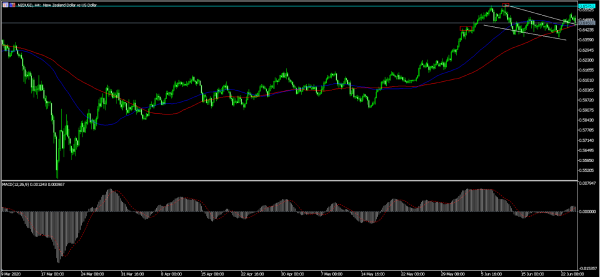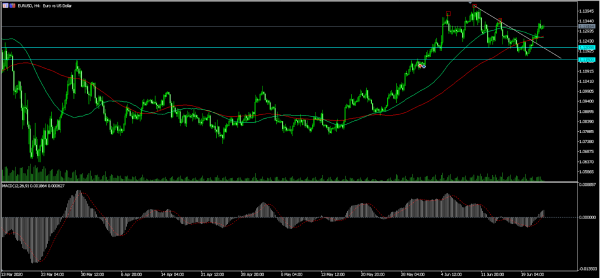The New Zealand dollar declined after the Reserve Bank of New Zealand (RBNZ) delivered its interest rate decision. As was expected, the bank left interest rates unchanged at a record low of 0.25% and left its N$60 billion QE target unchanged. In the statement, the bank said that it was ready to do more to support the economy which is in recovery mode. It still warned that the continued border closure was exacerbating the negative impact of the virus outbreak. The rate decision came a week after the Bank of England added £100 billion to its QE program. Global stocks rallied in overnight trading as investors remained optimistic about economic recovery. The latest manufacturing and services PMI numbers helped make the case of a V-shaped recovery. Yesterday, preliminary data by Markit showed that business activity was returning to normal in Europe and the US. As a result, stocks, gold, and crude oil rose. In the United States, the Nasdaq reached an all-time high while the Dow Jones and S&P500 rose by 0.50%. In Asia, Shanghai and A50 rose by more than 0.10%.
The Japanese yen gained against the US dollar even after data from Japan disappointed. Yesterday, data from Markit showed that the manufacturing PMI was contracting. Other data today showed that the corporate services index remained unchanged at 0.8% in May. We will receive the leading index, which is a number that aggregates other economic numbers. Elsewhere, we will get manufacturing and consumer confidence data from Sweden, Capacity utilization from Turkey, and inflation data from South Africa. We will also receive the house price index numbers from the United States and crude oil inventories.
EUR/USD
The EUR/USD pair rose to an intraday high of 1.1316, which is close to its highest level since June 16. On the four-hour chart, the price is above the 50-day and 100-day exponential moving averages while the signal and histogram of the MACD have moved above the neutral line. The price also moved above the descending white trendline.
XAU/USD
The XAU/USD pair rose to an intraday high of 1775, which is the highest it has been in more than 7 years. On the daily chart, the price moved above the ascending triangle pattern. The price is also above the 50-day and 100-day exponential moving averages while the RSI has moved closer to the overbought level. The signal and histogram of the MACD have moved above the neutral line. This means that the pair is likely to continue rising as bulls target 1800.
NZD/USD
The NZD/USD pair declined today after the RBNZ interest decision. It is now trading at 0.6471, which is lower than yesterday’s high of 0.6534. On the four-hour chart, the price is entering the previous channel, which is shown in white. It is also along with the 50-day and 100-day exponential moving averages while the MACD is slightly above the price. The pair is likely to decline slightly as bears attempt to move below the important support at 0.6500.












